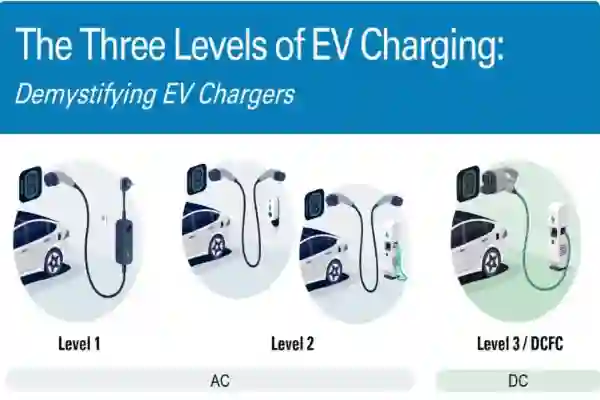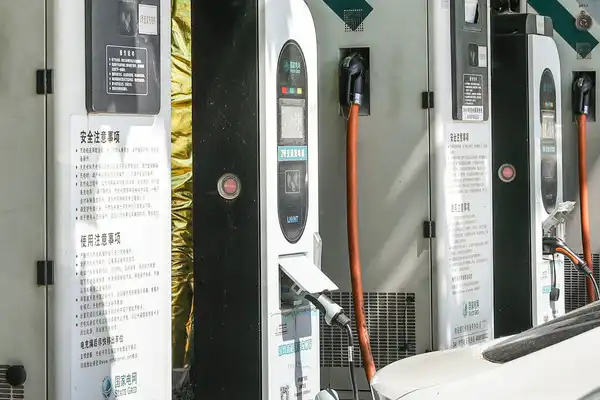How to Safely Charge Your Electric Vehicle at Home: A Complete Guide
Charging your electric vehicle (EV) at home is convenient, but it requires proper knowledge and precautions to ensure safety and efficiency. This guide will walk you through the steps to charge your EV safely at home.

1. Choose the Right Charging Equipment
Invest in a high-quality home EV charger that is compatible with your vehicle. Look for chargers with safety certifications and features like overcurrent protection and weather resistance.
Level 1 vs. Level 2 Chargers
Level 1 chargers use a standard 120-volt outlet and are slower, while Level 2 chargers require a 240-volt outlet and provide faster charging. Choose the one that suits your needs and home electrical setup.
2. Ensure Proper Electrical Setup
Before installing a home EV charger, consult a licensed electrician to assess your home's electrical system. Ensure your circuit breaker can handle the additional load and that the wiring is up to code.
Dedicated Circuit
Install a dedicated circuit for your EV charger to avoid overloading your home's electrical system. This will also prevent potential fire hazards.
3. Follow Safety Precautions
Always follow the manufacturer's instructions for your EV charger. Avoid using extension cords, and never charge your EV in wet or damp conditions.
Regular Inspections
Inspect your charging equipment regularly for signs of wear or damage. Replace any faulty components immediately to prevent accidents.
4. Optimize Charging Times
Charge your EV during off-peak hours to save on electricity costs and reduce strain on the power grid. Many EVs come with scheduling features to automate this process.
Battery Health
Avoid overcharging your EV battery, as it can reduce its lifespan. Most EVs have built-in systems to prevent overcharging, but it's still good practice to unplug once fully charged.
5. Stay Informed About Local Regulations
Check local regulations and incentives for home EV charging. Some areas offer rebates or tax credits for installing EV chargers, while others may have specific installation requirements.
Permits and Inspections
Ensure you obtain any necessary permits and schedule inspections after installation to comply with local codes and regulations.
Conclusion
Charging your EV at home can be safe and efficient if you follow the right steps. By choosing the right equipment, ensuring proper electrical setup, and following safety precautions, you can enjoy the convenience of home charging while keeping your vehicle and home safe.

